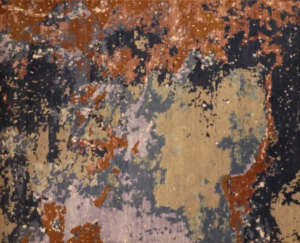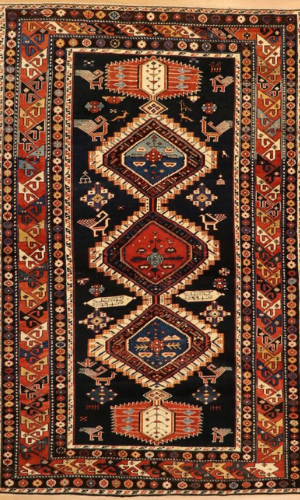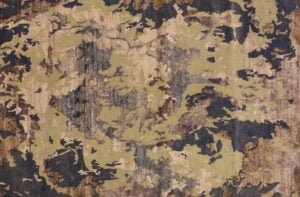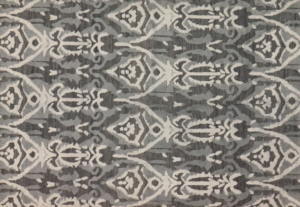Kilim is the most widespread type of flat-woven carpets. They are made by passing the weft through the warp using the technique of compound interweaving. Kilim is characterized by a slot-like gap (opening) around the geometrical patterns. These openings impart a lace effect the kilim. The technique of kilim weaving predetermines the pattern shapes in the form of a lozenge, triangle, and trapezium. Nearly all the vegetal elements, images of animals, birds and humans are geometrized in kilims. Kilims of different regions are distinguished by their composition, pattern, and colors. In terms of their technical peculiarities, kilims can be classified into five major groups based on the area of production: Kazakh, Karabakh, Absheron, and Shirvan kilims. They are all characterized by a balanced composition, contrasting colors and clear symmetry. The pattern is traditional, in the form of large and small lozenge and hook-like elements, which are rather expressive and dramatic.

Differences Between Hand-Knotted and Machine-Made Rugs
When you come close to a rug, you might notice



